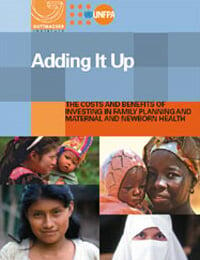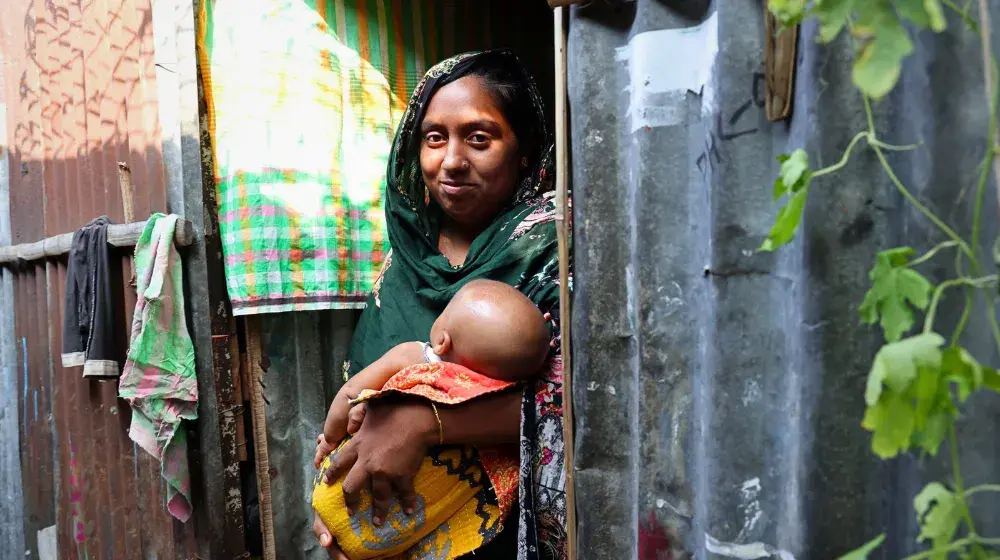A new study by the Guttmacher Institute and UNFPA, the United Nations Population Fund, finds that the number of women in developing countries who want to avoid pregnancy but are not using modern contraception declined only slightly between 2008 and 2012, from 226 to 222 million. However, in the 69 poorest countries – where 73per cent of all women with unmet need for modern contraceptives reside – the number actually increased, from 153 to 162 million women.
The report, Adding It Up: Costs and Benefits of Contraceptive Services – Estimates for 2012, finds that 645 million women of reproductive age (15-49 years) in the developing world are now using modern contraceptive methods, 42 million more than in 2008. However, about half of the increase is due to population growth rather than to a higher rate of contraceptive use. Disturbingly, the increase in the number of modern contraceptive users between 2008 and 2012, roughly 10 million per year, was much lower than the annual increase between 2003 and 2008, which was approximately 20 million per year.
The overall proportion using a modern method among married women – who comprise 92 per cent of all modern method users – remained virtually unchanged between 2008 and 2012, at 56 to 57 per cent. However, there were significant regional variations. Substantial increases occurred in Eastern Africa (from 20 to 27 per cent) and Southeast Asia (from 50 per cent to 56 per cent), while there was little change in Western Africa and Middle Africa, regions where fewer than 10 per cent of married women use modern contraceptives.
“The desire to have smaller families is increasing in many parts of the world, yet many women are still unable to have the number of children they want when they want them,” said Dr. Sharon Camp, president of the Guttmacher Institute. “The gains that would result from providing quality contraceptive services to all women would more than outweigh the cost, but the current investment falls far short of what is needed to make this a reality.”
Providing the current level of contraceptive care in the developing world costs $4 billion annually and saves $5.6 billion in maternal and newborn health service costs. The report finds that fully meeting all need for modern contraceptive methods would cost $8.1 billion per year. This additional $4.1 billion investment would save another $5.7 billion, or $1.40 for every dollar spent.
“Meeting the global demand for voluntary family planning will not only save and improve the lives of women and children; it will empower women, reduce poverty and ultimately build stronger nations,” noted Dr. Babatunde Osotimehin, Executive Director of UNFPA. “The gap between the demand for family planning and the availability of services must be bridged, starting with the most vulnerable – poor women, rural women and young people, upon whom our future rests.”
The effects of filling the current unmet need for modern contraceptive methods would be dramatic.
- Unintended pregnancies would decline by two thirds, from 80 million to 26 million.
- There would be 26 million fewer abortions (including 16 million fewer unsafe procedures).
- There would be 21 million fewer unplanned births.
- Seven million fewer miscarriages would occur.
- Pregnancy-related deaths would drop by 79,000. Most of this reduction (48,000) would take place in sub-Saharan Africa, the region with the highest levels of both maternal mortality and unmet need for contraception.
- There would be 1.1 million fewer infant deaths.
For further information please contact:
Jessica Malter, tel. +1 646 315 2216 / +1 646 438 8716, jmalter@guttmacher.org
Etienne Franca, tel. +1 212 297 5208, franca@unfpa.org





